We'll miss you, LG, for these iconic phones and the pioneering spirit!
We may earn a commission if you make a purchase from the links on this page.
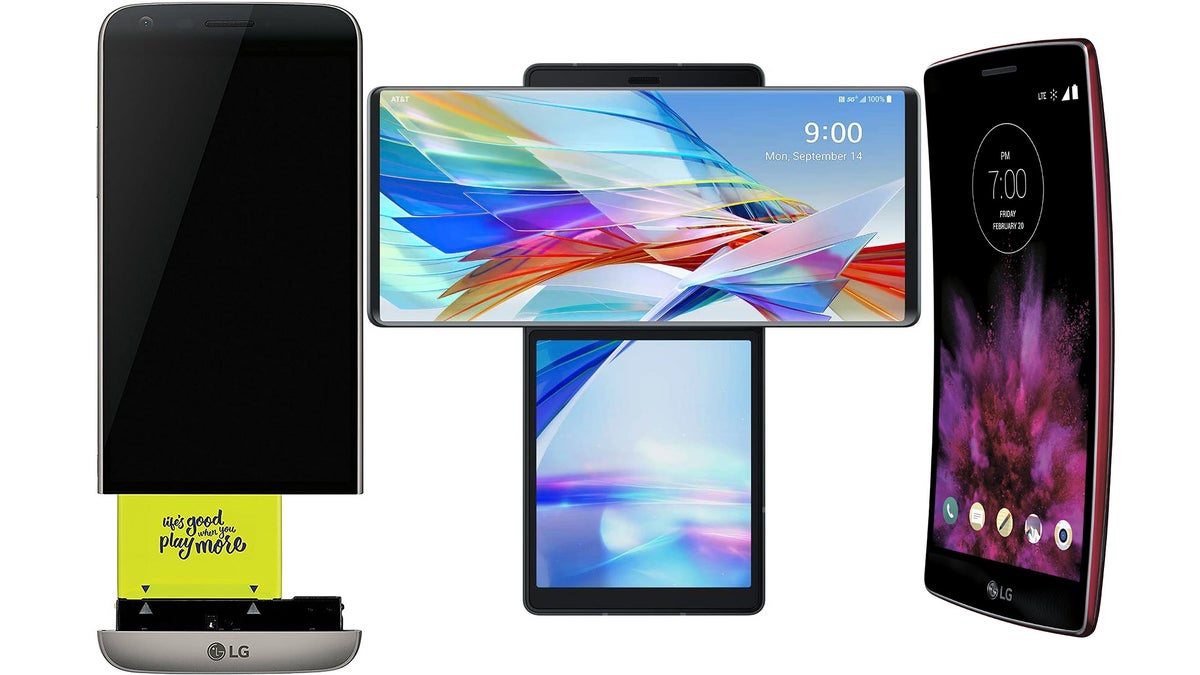
For LG, soldiering on with phone production would just be postponing the inevitable in an Apple-Samsung duopoly at the high end, and a Chinese brand onslaught below. The long-rumored LG exit from the phone business just became a fact today, but LG promised continuing support and inventory clearing for its existing phone models going forward until they run their course.
On this somewhat sad day, we are going down memory lane to resurrect the iconic LG phones and pioneering technologies that made history throughout the years, and made the industry a more creative and exciting place in the process. Here are just some of LG's "firsts" throughout the years:

- First phone with ultrawide camera
- First phones with tall 21:9 and 18:9 aspect ratio displays
- First phone with 1080p FHD video recording
- First phone with capacitive touch display before the OG iPhone
- First triple-SIM phone
- First phone with 3D display and dual stereoscopic camera
- First phone with multicore processor
- First phone with penta camera set
- First phone with Dolby Vision HDR display
- First curved phone with flexible display
LG Prada
The first phone with capacitive touchscreen, released shortly before Apple's OG iPhone, the LG Prada was nevertheless not a commercial success due to its much smaller display, paltry 8MB storage, and the lack of multitouch gestures support, all for a price similar to the iPhone.
LG Viewty
This beauty had a 5MP camera with Schneider-Kreuznach lenses, autofocus, image stabilization, and even a xenon flash, at a time when the iPhone launched with a 2MP fixed focus camera. Its unique slow-mo video recording abilities - 320 x 240px video at 120fps - were out of this world at the time, too. Unfortunately, it wasn't available in the world's most visible and noise-creating phone market - the US - which somewhat sealed its marketing fate.
LG Renoir
This was the first phone that made us suspicious about corporate espionage in the Korean phone industry. We kid, but shortly before the Samsung Pixon, LG released the Renoir as the first touchscreen phone with 8MP camera, a whopping resolution at the time. Heck, the LG Renoir even had geo-tagging of its photos with GPS before it was cool.
LG Chocolate
Perhaps the first phone with the oh-so-trendy tall aspect ratio display, the LG Chocolate had a 21:9 screen that screamed "unique" loud and proud, and was very easy to handle. The largish at the time 4" screen was accompanied by Dolby-certified speakers, making it a media machine.
LG Optimus 7
The first Windows Mobile phone from LG was followed by several others with as much success as the Windows Phone 7's tiled interface had. It was slim and cool, though, with metal backplate and 5MP camera.
LG Optimus 2X
The Optimus series is where LG really started to stand out as a company that is not afraid to try in a smartphone world that was increasingly becoming uniform at the time, coalescing around iOS and Android. The first phone with a dual-core chipset and the first able to record 1080p video? Check, the Optimus 2X.
LG Optimus 3D
First with a 3D screen and dual camera, the LG Optimus 3D dabbled in what was thought to be the future of displays and recording at the time - stereoscopic imaging. Just as 3D TV sets didn't pan out as commercial success, so didn't the Optimus 3D, but props for getting it something unique out nonetheless.
LG Optimus G
This phone signaled the transition from the Optimus series to the infamous G-series that ultimately led to LG's current demise. The OG G, however, went on to become the Google Nexus 4, an amazing value for the power it offered.
LG G Flex
Yet another trailblazing smartphone from LG, the OG G Flex was the first phone with flexible OLED display, but LG didn't just put it there for flexing rights and endurance in drop test, but actually made the whole body flex a little with the display itself, cool!
LG V10
After a series of great-on-paper, low on execution G-series phones like the G3 (one of the first with a 1440p display) and G4 (introducing a fingerprint scanner), LG decided to take on the Samsung professional Note line with the newfangled V-series. One of the first with a dual camera (for selfies) the V10 was military-grade tough, had a large screen, and even a secondary one for notifications and the like, all wrapped in a traction-creating faux leather back.
LG G5
Perhaps the most notorious in LG's experiments with unique but half-baked phones that never gained traction was LG's take on a modular handset with the LG G5. Despite the promises for many and versatile modules, it had a battery swap one, and that was about it. At the time, the infamous boot loop issues started plaguing LG phones, too, and as much as its hardware was innovative, the software experience was subpar, and that's the one that doesn't wear off with time. These kind of drowned the fact that the G5 was one of the first to introduce dual camera phones and start the whole ultrawide camera craze.
LG G6
Dolby Vision, HDR10-certified 2K display with tall 18:9 aspect ratio? Check, and before it was cool.
LG G8
Air Motion gestures? Yeah, that one didn't catch on either.
LG Wing
At least LG went out with a bang, and the bang is called the LG Wing, its last crazy handset. As the pinnacle of the company's whole industry philosophy, the dual-display swiveling phone is perhaps the last and most visible tribute as to while LG failed to gain market share despite its innovative spirit - it kept trying to introduce solutions in search of a problem. What do you think?

Follow us on Google News

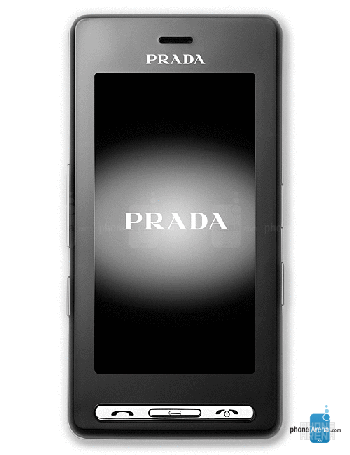
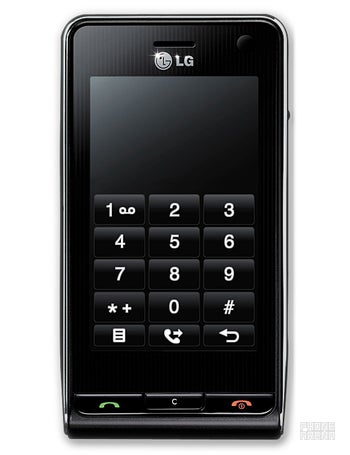
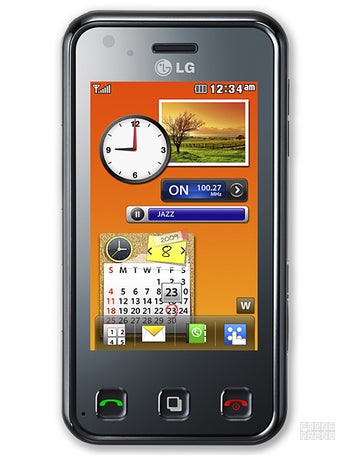

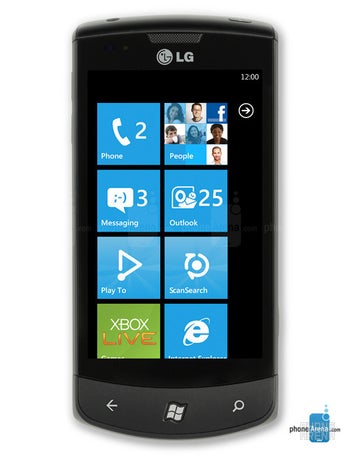
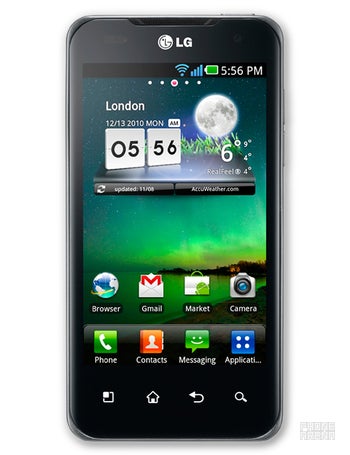

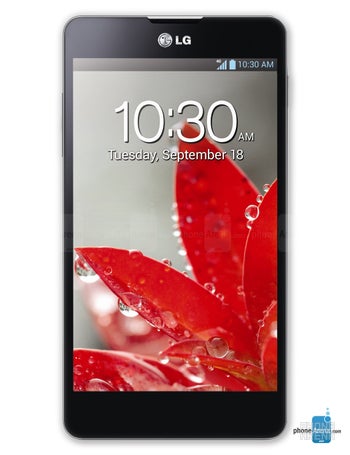
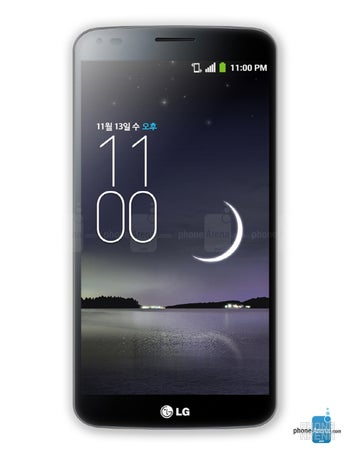
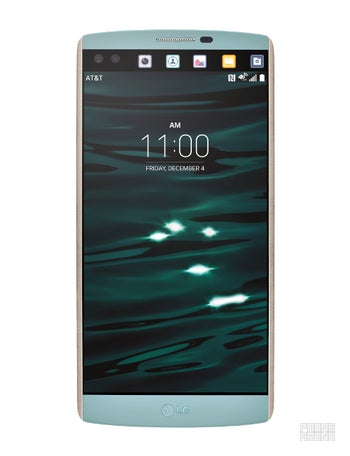
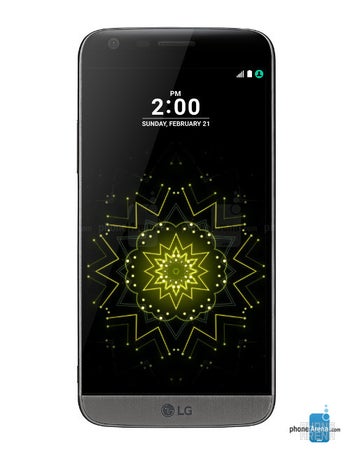
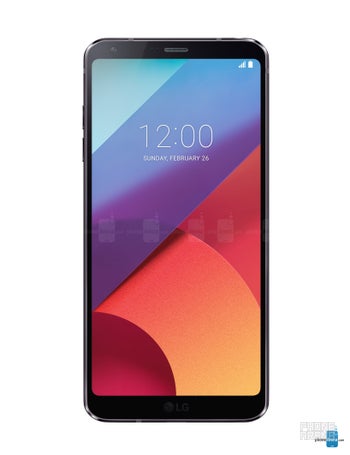
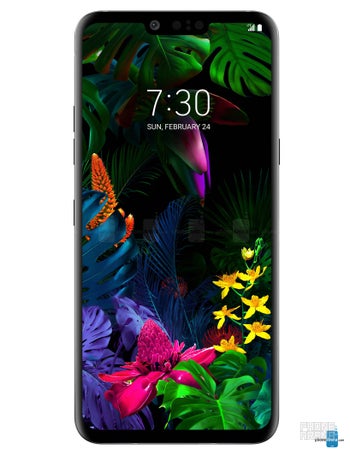





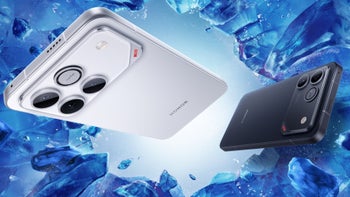






Things that are NOT allowed:
To help keep our community safe and free from spam, we apply temporary limits to newly created accounts: